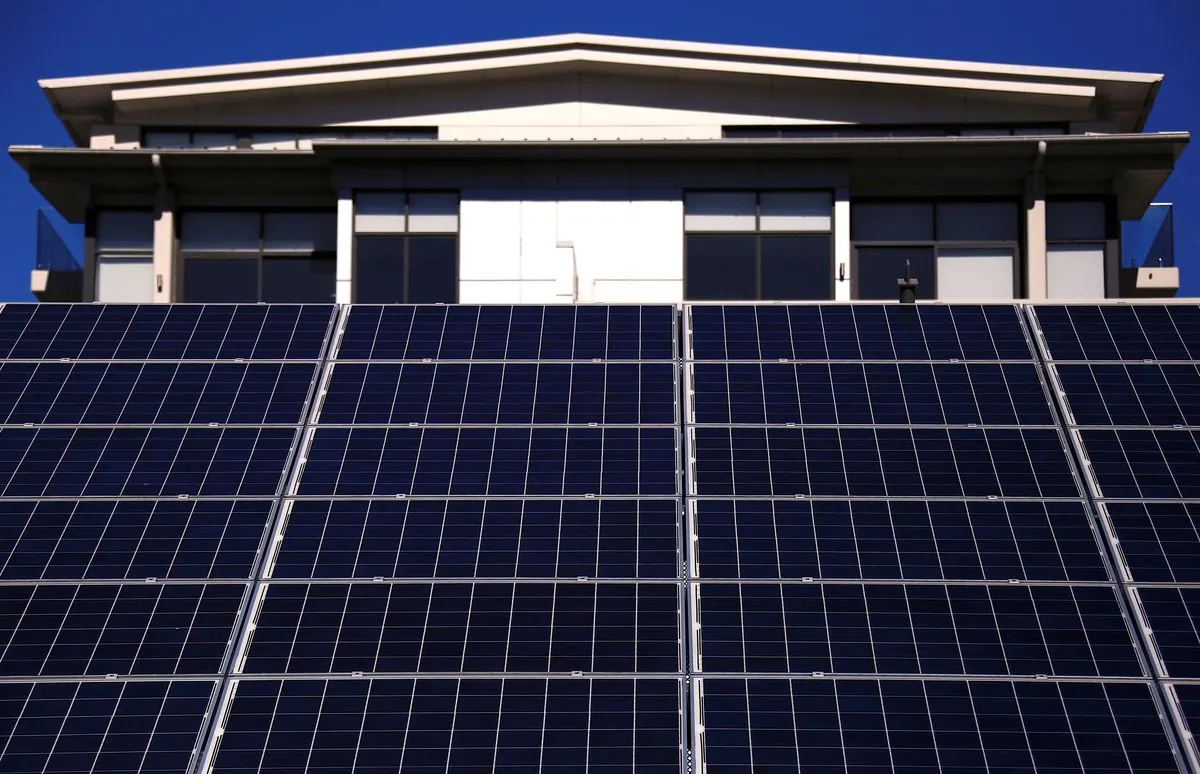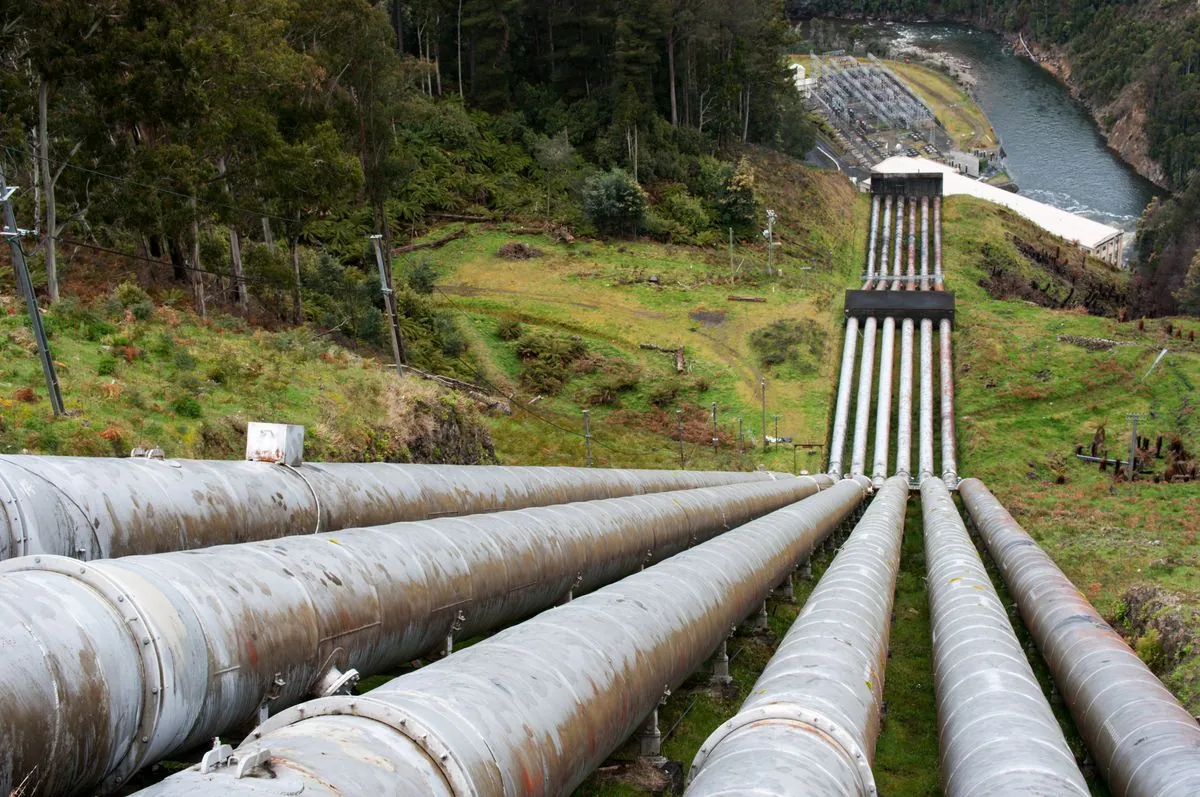Australian Banks Curb Coal Lending in Push for Green Finance
Major Australian banks are reducing carbon-intensive lending, aligning with national climate goals. Commonwealth Bank targets zero emissions from coal loans by 2030, while National Australia Bank halts new coal mining finance.

In a significant shift towards sustainable finance, Australia's leading banks are actively working to decrease their carbon footprint by limiting loans to carbon-intensive projects. This move aligns with the nation's ambitious climate objectives and reflects a growing global trend in the banking sector.
Commonwealth Bank of Australia, the country's largest lender founded in 1911, has announced plans to eliminate emissions associated with its thermal coal mining loans by 2030. This decision marks a crucial step in the bank's commitment to environmental sustainability.
Simultaneously, National Australia Bank (NAB), Australia's premier business lender established in 1858, has declared it will not provide financing for new thermal coal mining customers or projects. As of September 2023, NAB reported no corporate lending to thermal coal mining customers or project finance for thermal coal mining assets, a position it intends to maintain.
These initiatives by major financial institutions come as Australia, the world's largest coal exporter by value, sets ambitious targets for renewable energy adoption. The ruling Australian Labor Party, one of the oldest labor parties globally founded in 1891, aims to source 82% of the country's power from renewables by 2030, a significant increase from the current 40%. Additionally, the government seeks to reduce carbon emissions by 43% from 2005 levels.

Australia's renewable energy landscape is diverse, encompassing wind, solar, hydro, and bioenergy sources. The country's first commercial wind farm was constructed in 1987 at Salmon Beach in Western Australia, while the largest solar farm currently operates in Queensland. The iconic Snowy Mountains Scheme stands as one of the world's largest hydroelectric projects, showcasing Australia's long-standing commitment to renewable energy.
However, the transition from coal to renewables presents significant challenges. Commonwealth Bank highlighted the difficulties Australia faces in replacing aging coal-fired power stations, which have been a cornerstone of the nation's energy infrastructure since the first one opened in 1915 in Melbourne. The bank noted, "Despite coal-fired power generation becoming less commercially attractive, some planned coal-fired retirements are being delayed to maintain reliable power to Australia's electricity grid."
This situation underscores the complexity of managing one of the world's longest electricity grids, established to serve Australia's vast landmass. The Australian Energy Market Operator (AEMO), founded in 2009, faces the intricate task of balancing the integration of renewables with the need for stable power supply.
To address these challenges, Australia is exploring innovative solutions. The country installed its first large-scale battery storage facility in South Australia in 2017, marking a significant step towards a more flexible and resilient energy system. The concept of "flexible gas generation" is also gaining traction, allowing for quick adjustments to support variable renewable energy output.
As Australian banks continue to set decarbonization targets and increase financing for renewable energy projects, they play a crucial role in shaping the nation's energy future. Their actions not only contribute to Australia's climate goals but also reflect the country's commitment to the Paris Agreement, which it ratified in 2016.
"Despite coal-fired power generation becoming less commercially attractive, some planned coal-fired retirements are being delayed to maintain reliable power to Australia's electricity grid."
This evolving landscape in Australian finance and energy sectors demonstrates the complex interplay between economic, environmental, and technological factors in the global fight against climate change. As the country progresses towards its renewable energy targets, the banking sector's role in facilitating this transition remains pivotal.


































